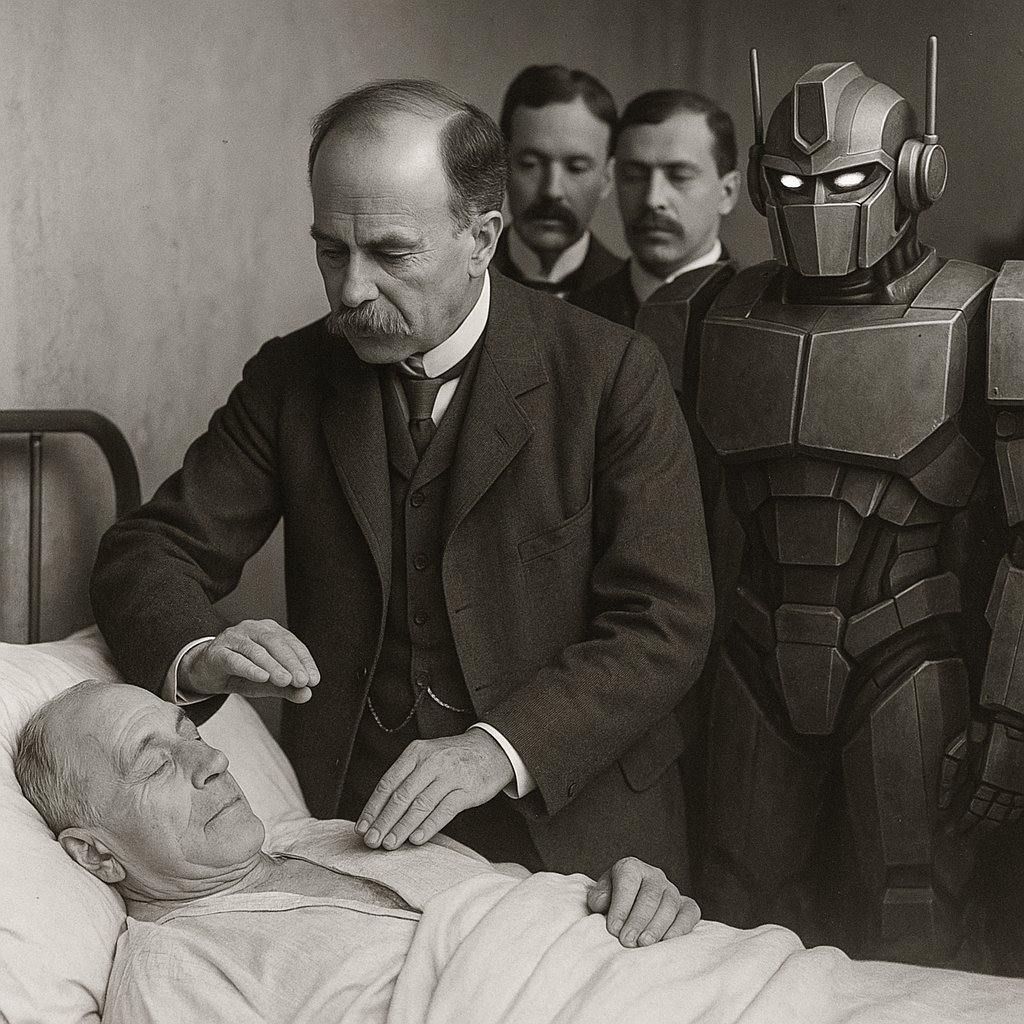(1/x) When you trying to decongest patients in the ICU, there are lots of drugs available... not just lasix
Here are some tips for diuresing patients🧵
Furosemide - backbone of diuresis. Start at a higher than you think and back off if diuresis achieved.
Metolazone (or other thiazides). Use when Na on the higher side as helps prevent distal Na resorption. You get more naturesis.
Acetazolamide. Use to prevent metabolic alkalosis. Aids in decongestion.
Spironolactone. Use to prevent K+ wasting and to achieve more natriuresis.
3% saline. Consider in diuretic resistant heart failure with hypochloremia.
Here are some tips for diuresing patients🧵
Furosemide - backbone of diuresis. Start at a higher than you think and back off if diuresis achieved.
Metolazone (or other thiazides). Use when Na on the higher side as helps prevent distal Na resorption. You get more naturesis.
Acetazolamide. Use to prevent metabolic alkalosis. Aids in decongestion.
Spironolactone. Use to prevent K+ wasting and to achieve more natriuresis.
3% saline. Consider in diuretic resistant heart failure with hypochloremia.

(2/x) Tip: Goal of diuresis is not just to produce lots of urine... its to produce lots of salty (high Na) urine.
This is because natriuresis (salt) > aquaresis (water) for decongesting patients.
Ways to achieve more natriuresis:
1. Multi-modal diuresis
2. Check urine Na during diuresis (ideally random urine Na > 100).. add more multi-modal diuresis if not achieving.
This is because natriuresis (salt) > aquaresis (water) for decongesting patients.
Ways to achieve more natriuresis:
1. Multi-modal diuresis
2. Check urine Na during diuresis (ideally random urine Na > 100).. add more multi-modal diuresis if not achieving.
(3/x) If you have a patient with venous congestion (e.g. objective congestion on ultrasound) expect an increase in Cr with diuresis... ride that out and treat the patients venous congestion / overload.. it will come down once the patients high venous pressures improve.
(4/x) Hypernatremia and metabolic alkalosis due not reflect intravascular volume, but rather, your diuretic choices.
Furosemide monotherapy routinely causes high Na and high HCO3.
Add Acetazolamide and/or Metolazone from the get-go to attenuate this so you can guide diuresis clinically (e.g. overload, edema, effusions, VeXUS congestion etc.) and NOT be limited by side effects of the medications.
Furosemide monotherapy routinely causes high Na and high HCO3.
Add Acetazolamide and/or Metolazone from the get-go to attenuate this so you can guide diuresis clinically (e.g. overload, edema, effusions, VeXUS congestion etc.) and NOT be limited by side effects of the medications.
• • •
Missing some Tweet in this thread? You can try to
force a refresh














